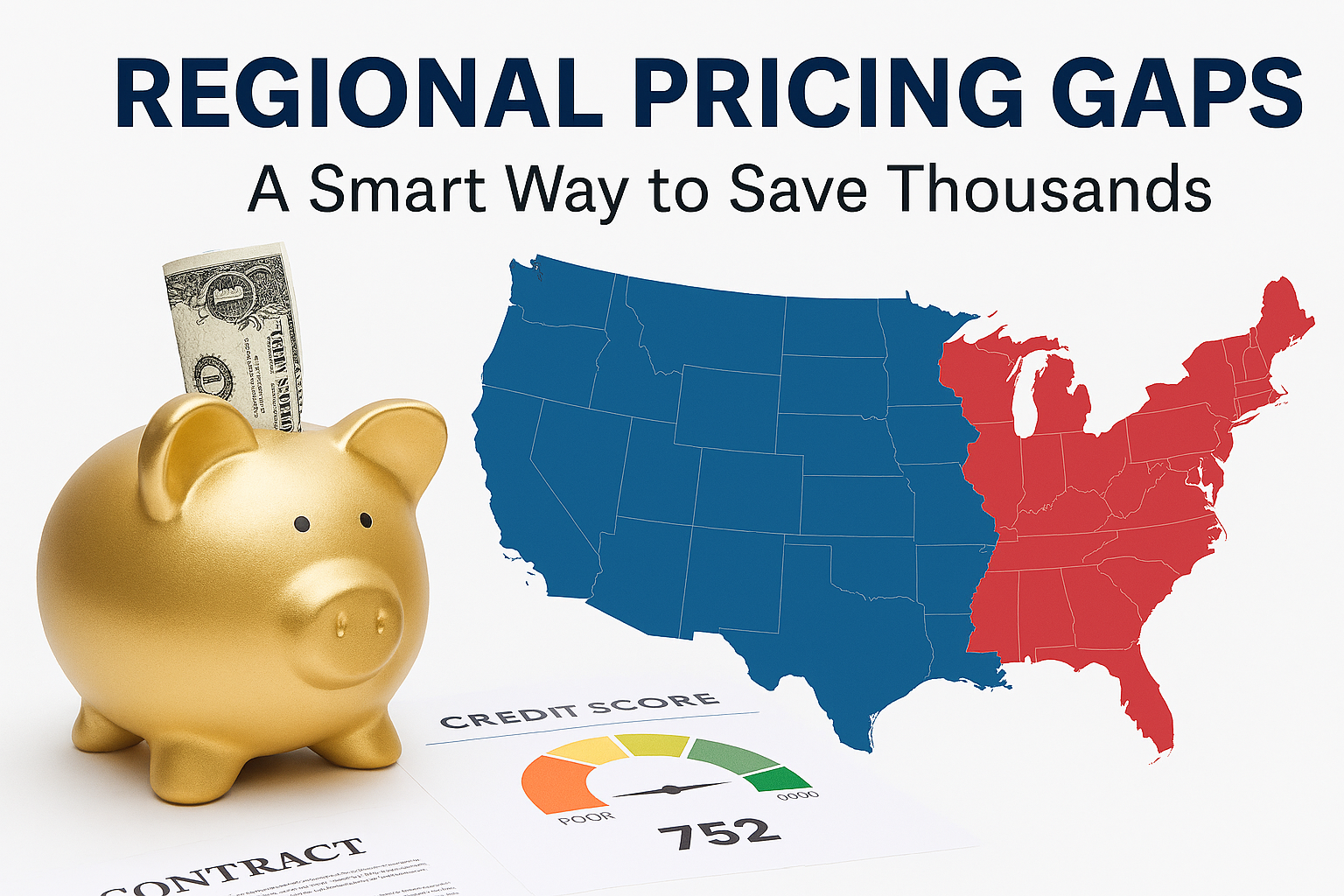Prices shift more than most people expect. The same item or service can cost hundreds or even thousands less depending on where you buy it. This difference is called regional pricing. It affects everything from cars and furniture to dental work and college tuition.
Knowing how regional pricing works helps you make better choices. It may even change how and where you spend your money.
What Is Regional Pricing
Regional pricing means sellers adjust prices based on location. They do this for several reasons:
- Local demand
- Cost of living
- Competition
- Labor and shipping costs
- State taxes and rules
For example, a mattress priced at $1,200 in New York might sell for $850 in Ohio. Same brand. Same model. Different zip code.
Why These Gaps Exist
Retailers and service providers do not set prices blindly. They look at what people in the area can afford, what competitors charge, and how much it costs to operate locally. In cities with high rent and wages, prices tend to be higher. In smaller towns, prices often drop.
Some companies also use dynamic pricing tools. These tools track your location, browsing habits, and even the device you use. That means someone shopping from a phone in Los Angeles might see a different price than someone using a laptop in Kansas.
Where You Can Save Big
Regional pricing affects more than just retail. Here are a few areas where the savings can be large:
- Cars Dealerships in rural areas often offer lower prices than those in big cities. Some buyers save $2,000 or more just by driving a few hours out of town.
- Medical Procedures Dental implants, eye surgery, and physical therapy can cost half as much in smaller cities. Some people travel across state lines for care.
- College Tuition Public universities sometimes charge lower rates for in-state or regional students. Some schools offer special pricing for neighboring states.
- Home Services Plumbing, roofing, and landscaping quotes can vary widely. Getting bids from nearby towns may reveal better deals.
- Furniture and Appliances Big-box stores sometimes run regional promotions. A washer-dryer combo might be $300 less in one state than another.
How to Spot Regional Pricing Gaps
You do not need special tools to find these gaps. Just compare prices across locations. Here are a few tips:
- Use zip codes from different cities when shopping online
- Call stores in nearby towns and ask for quotes
- Check Craigslist or Facebook Marketplace in different regions
- Look at tuition rates for public colleges in other states
- Ask service providers if they offer regional discounts
Some buyers use VPNs to mask their location when shopping online. This can reveal hidden price differences, especially for travel and software.
Risks and Limits
Regional pricing can save you money, but it is not always simple. Some stores will not ship out of region. Others may charge extra for delivery or setup. You also need to factor in travel costs if you plan to buy in person.
In some cases, buying outside your area may void warranties or support. Always check the fine print before making a purchase.
What This Means for Smart Shoppers
Regional pricing rewards people who do their homework. It favors those willing to compare, ask questions, and think beyond their local market. You do not need to be an expert. You just need to be curious.
This strategy works best for big-ticket items. If you are buying a $20 toaster, the savings may not be worth the effort. But for a $2,000 laptop or a $15,000 surgery, the price gap could be life-changing.
Brands and sellers know this. Some try to hide regional pricing behind vague promotions or bundled offers. Others embrace it and use it to attract price-conscious buyers.
Regional pricing is not a trick. It is a tool. It reflects how markets work and how sellers respond to local conditions. By paying attention to these gaps, you can stretch your budget and make smarter choices.




